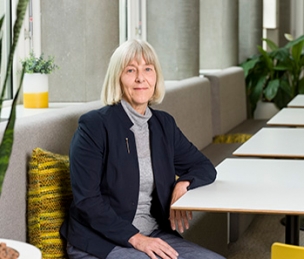Displaying 201 - 203 of 203
-
Schriefers, H., & Meyer, A. S. (1990). Experimental note: Cross-modal, visual-auditory picture-word interference. Bulletin of the Psychonomic Society, 28, 418-420.
Files private
Request files -
Schriefers, H., Meyer, A. S., & Levelt, W. J. M. (1990). Exploring the time course of lexical access in language production: Picture-word interference studies. Journal of Memory and Language, 29(1), 86-102. doi:10.1016/0749-596X(90)90011-N.
Abstract
According to certain theories of language production, lexical access to a content word consists of two independent and serially ordered stages. In the first, semantically driven stage, so-called lemmas are retrieved, i.e., lexical items that are specified with respect to syntactic and semantic properties, but not with respect to phonological characteristics. In the second stage, the corresponding wordforms, the so-called lexemes, are retrieved. This implies that the access to a content word involves an early stage of exclusively semantic activation and a later stage of exclusively phonological activation. This seriality assumption was tested experimentally, using a picture-word interference paradigm in which the interfering words were presented auditorily. The results show an interference effect of semantically related words on picture naming latencies at an early SOA (− 150 ms), and a facilitatory effect of phonologically related words at later SOAs (0 ms, + 150 ms). On the basis of these results it can be concluded that there is indeed a stage of lexical access to a content word where only its meaning is activated, followed by a stage where only its form is activated. These findings can be seen as empirical support for a two-stage model of lexical access, or, alternatively, as putting constraints on the parameters in a network model of lexical access, such as the model proposed by Dell and Reich. -
Meyer, A. S. (1988). Phonological encoding in language production: A priming study. PhD Thesis, Katholieke Universiteit Nijmegen.

Share this page